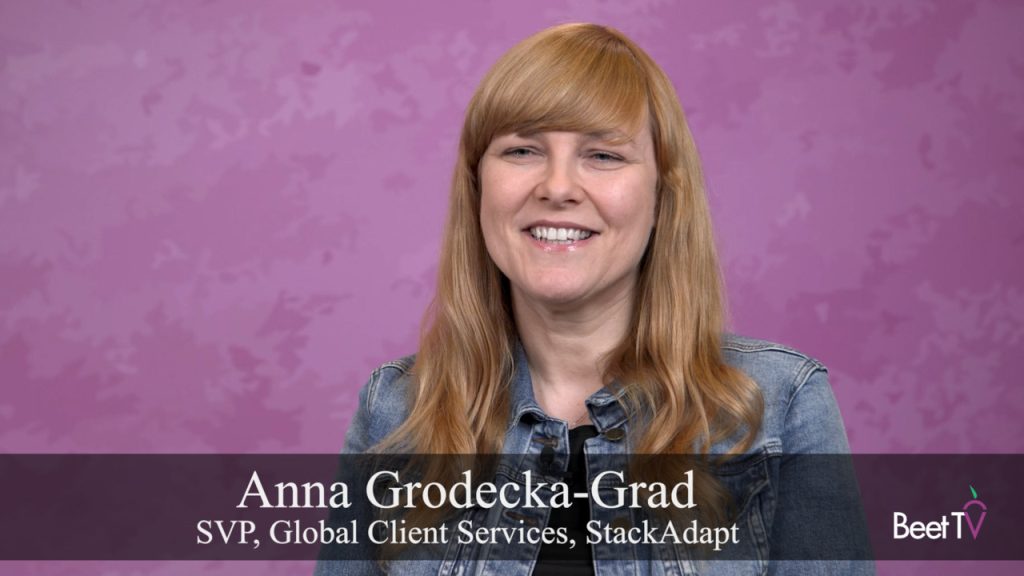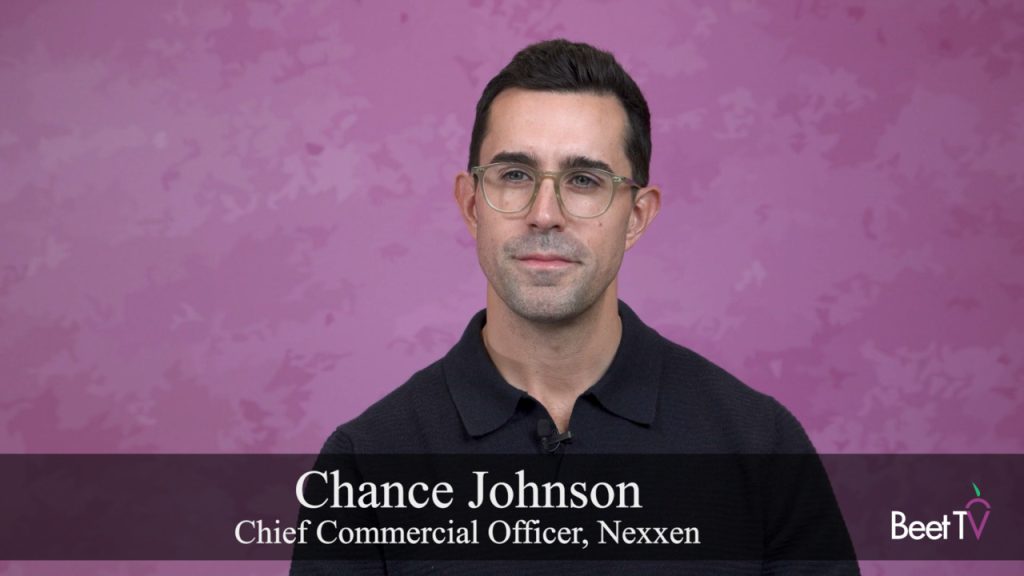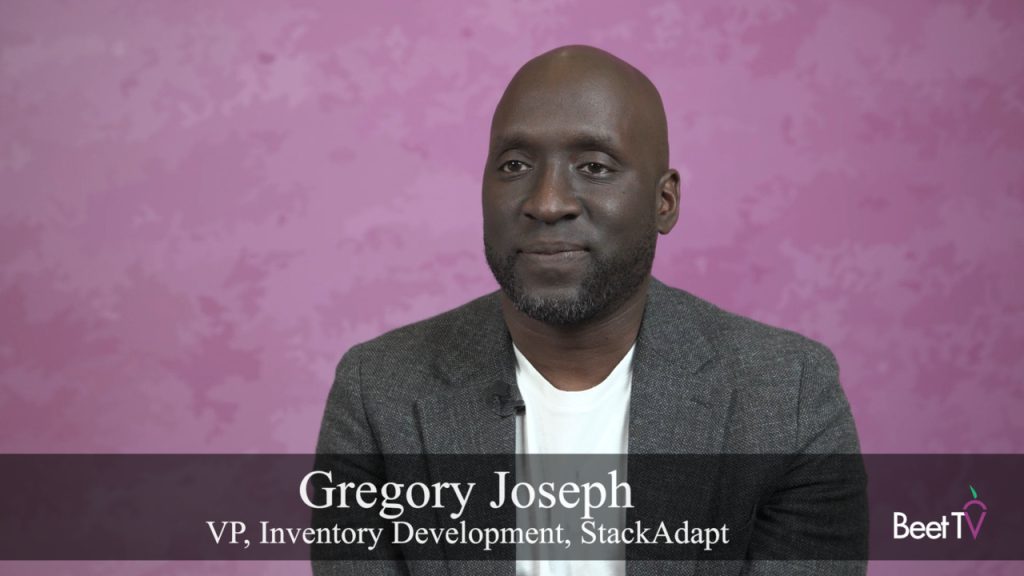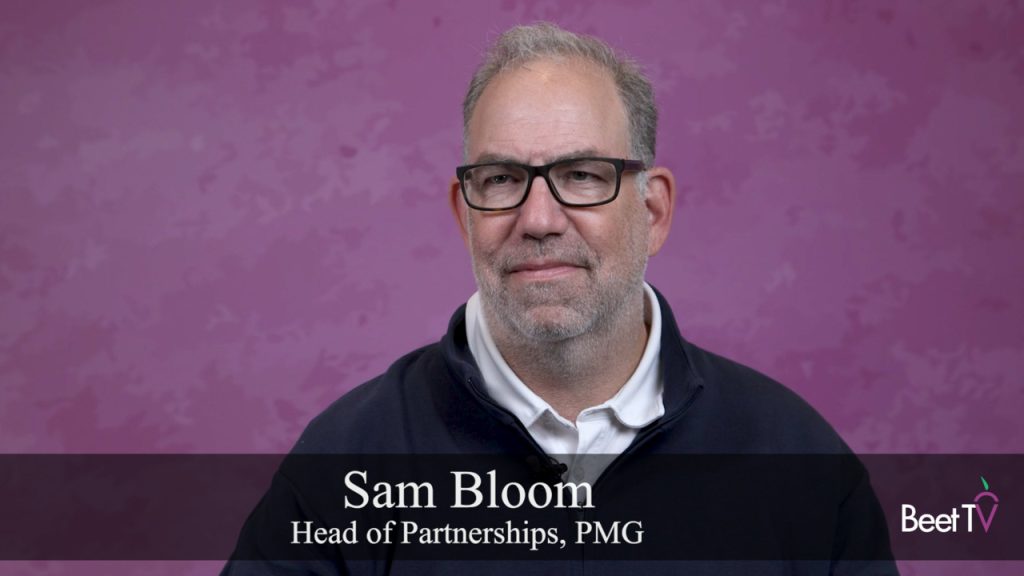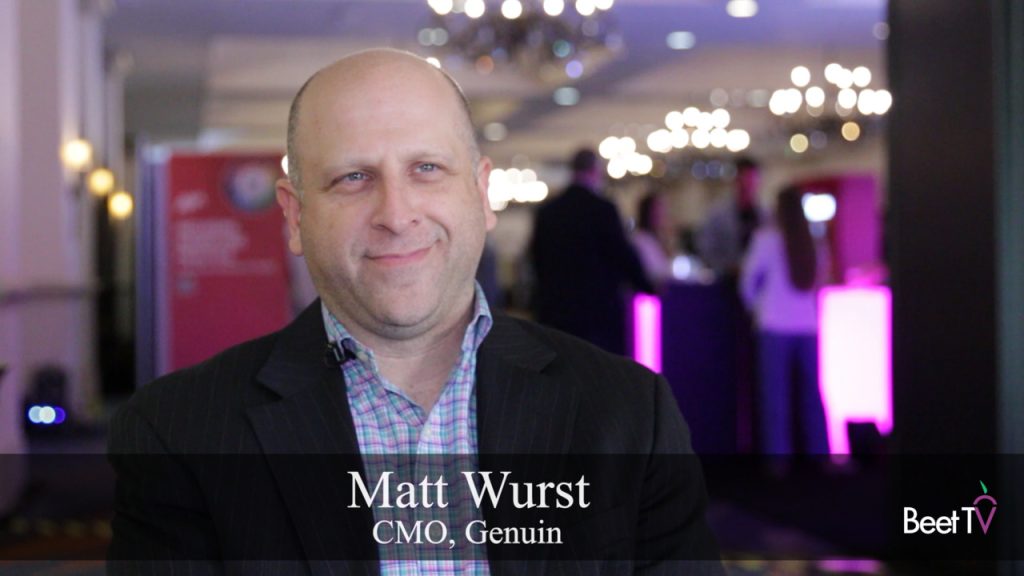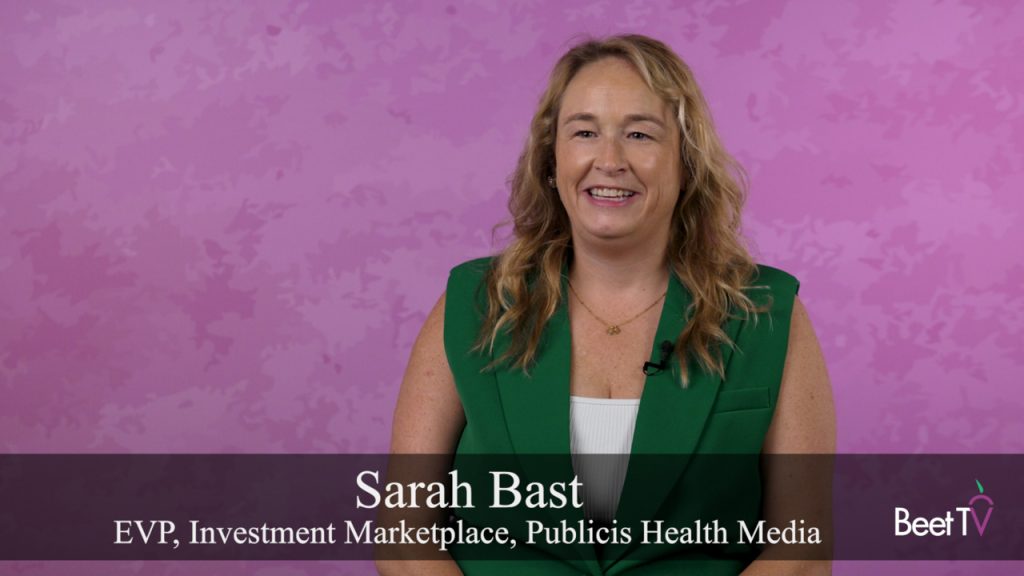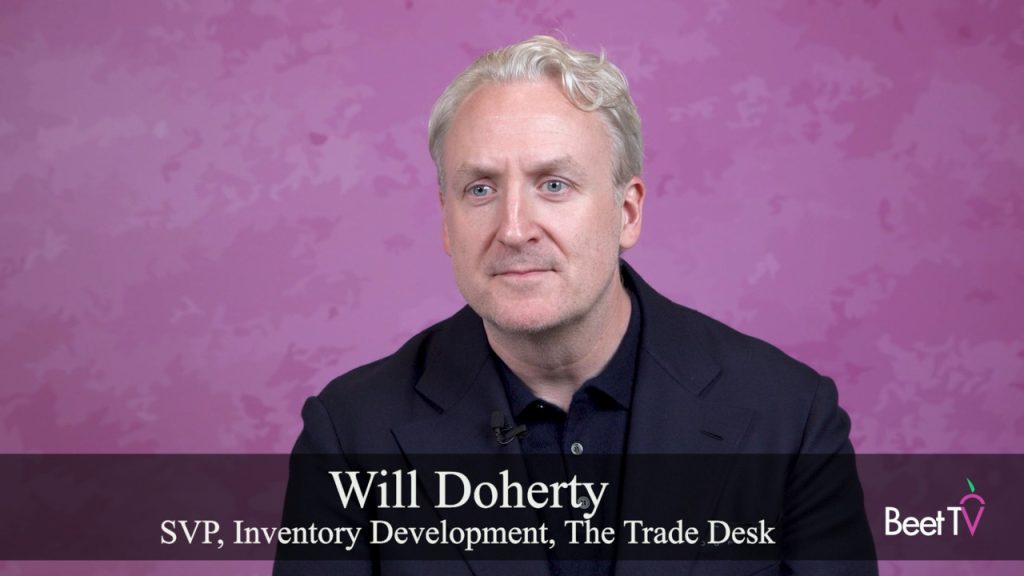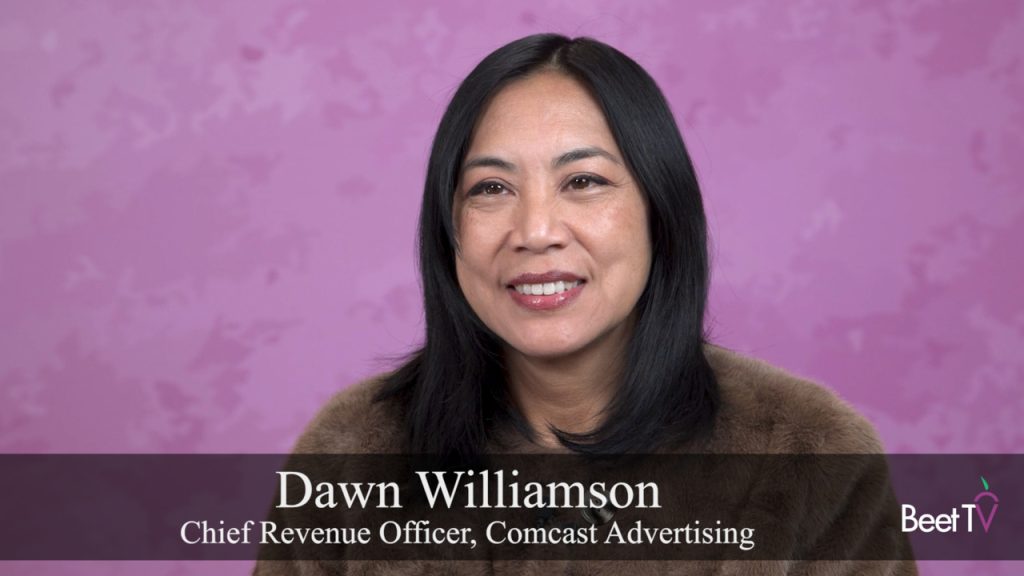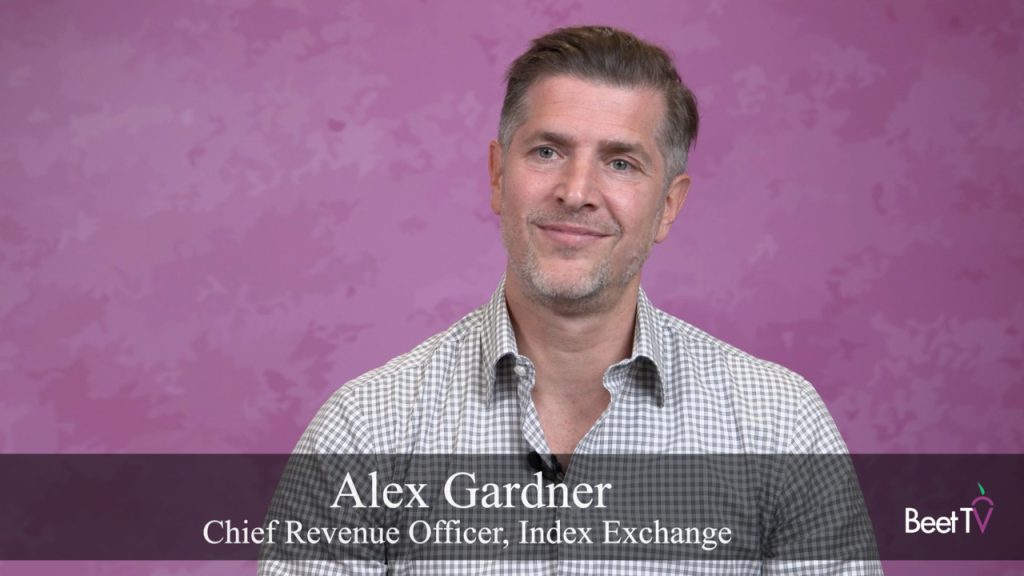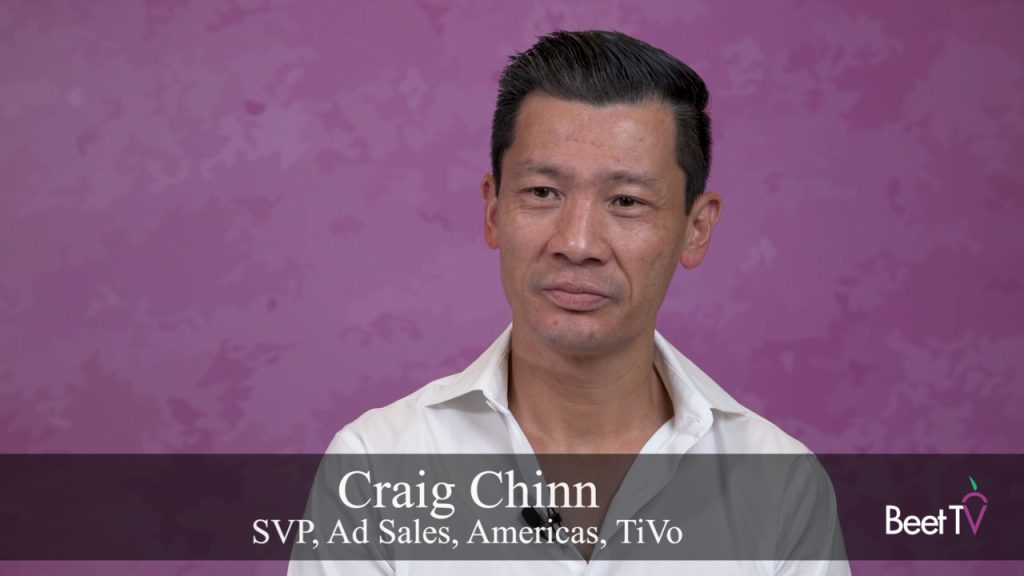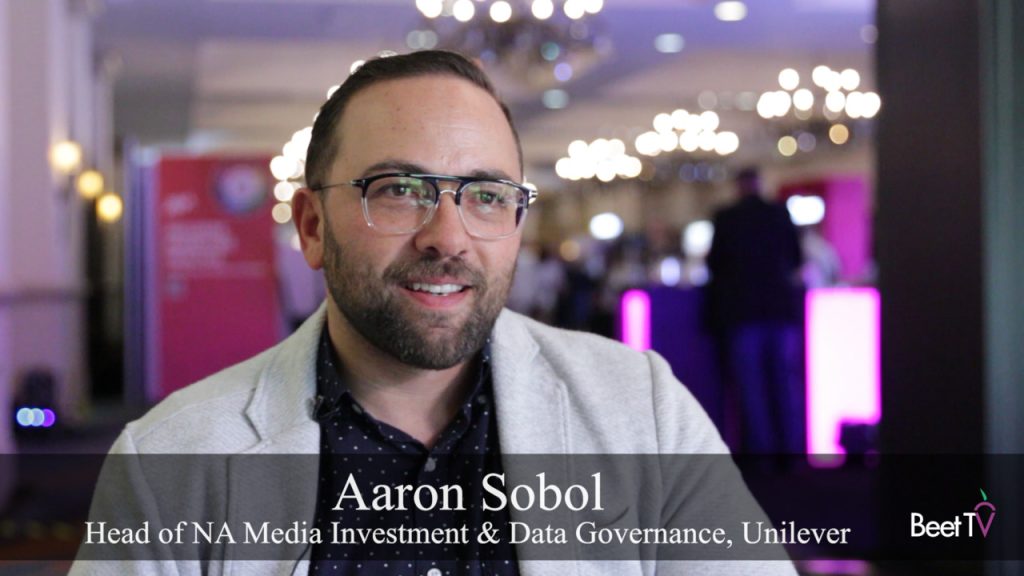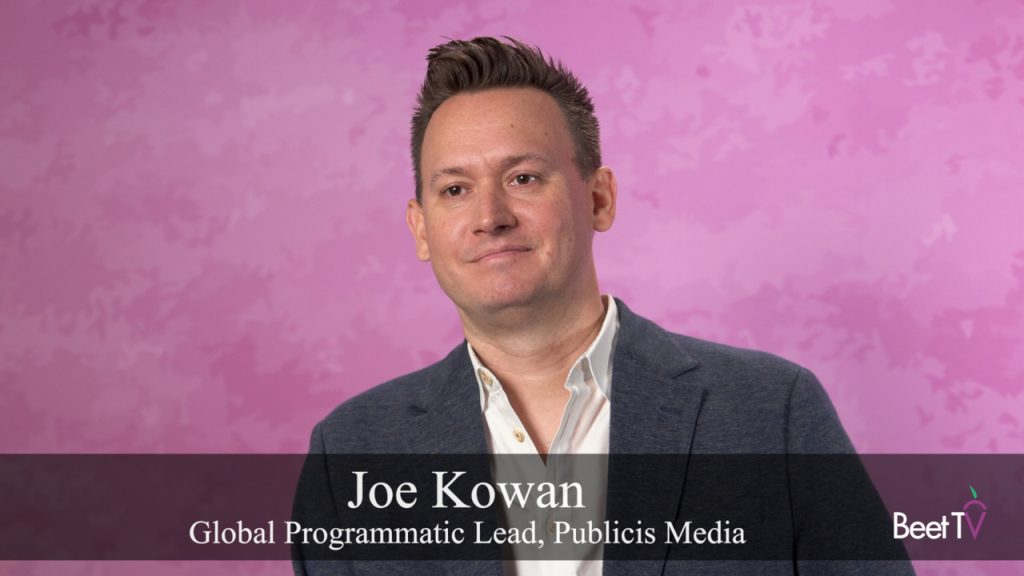
Many big advertisers aren't convinced they can achieve the reach and frequency they want with online video, said Rob Norman, CEO GroupM Interaction Worldwide, in an interview with Beet.TV in New York last week.
"We are still spending one percent or less of our total national TV investment into online video," he told Beet.TV. "My conclusion is when our clients think about video primarily they think about TV ads, so they are comparing and contrasting the reasons and values they get from TV to the reasons and values they get online."
The trouble is online video can sometimes look like a bad bet at first blush. As an example, clients who are used to TV will usually check out Hulu online since it's the most "TV-like" but then will balk at the CPMs, since Hulu is often priced higher than TV CPMs. While Hulu is usually more expensive than TV on a pure CPM basis, online advocates will point to the smaller ad load and more engaged viewer online as a justification for the higher value.
Even so, advertisers still want scale, Norman said. "So far in terms of reach for the bulk of advertisers Hulu isn't significant so it's an issue of scale and an issue of price," he said.
That scale issue also thwarts creative investment in online video. "On a mass scale, advertisers haven't gotten into the mindset of producing 100 assets instead of one, of producing assets of infinite variety in the granularity that allows them to exploit the targeting potential of online video," he said.
Still, some GroupM advertisers have experimented with branded entertainment online, such as with Web shows "In the Motherhood," which was sponsored by Unilever and Sprint. Branded content is not new though. But on the Web, its audiences are engaged but still small.
Norman was a participant in the Beet.TV Online Video Roundtable in New York last week. Andy spoke to him before the session began.
Daisy Whitney, Senior Producer
Andy Notes: GroupM, a unit of ad holding company WPP, recently announced plans to create branded content for Yahoo!
Video Transcript
Rob Norman: Well I did some sums yesterday in advance of this and the conclusion I reached was that we're still spending 1% or less of our total national TV investment is going on online video, which kind of set me thinking on why that might be. And my conclusion was that when our clients think about video, primarily they think about television advertising. So what they're trying to do is compare and contrast the reasons and value they get from television advertising with the reasons and value they get from online video.
What they also do is think of the online video channels that are most analogous with television, and quite clearly they jump very quickly to the conclusion that Hulu is the thing that's the most TV-like object as far as they understand it. And when they look at Hulu and they look at the CPMs of Hulu versus many of the other opportunities in the market, they actually conclude that Hulu is more expensive.
Now, there's an interesting challenge here because that means that this is not about cheap frequency and exploiting the unlimited, open-ended, sort of, spigot of inventory, this is choosing one premium medium over another. And so far at least, for the reach of the bulk of our advertisers, that Hulu is significant in that sense, and my feeling is that it's an issue of scale and an issue of price more than anything else.
Andy Plesser: And what about on the creative side? What sort of creative media is involved and where might that develop?
Rob Norman: Well, I think again, that's when you start crossing the line between online video in a broad sense as compared to looking at television morphed into the online space. And it's pretty clear to me that the manufacturing side of the advertising business, both in terms of the techniques people use to create video, but also the way they brief video and the way clients choose to understand it and help in understanding the agencies is somewhat behind where the consumer is in their use of video. And so far, certainly on a mass scale, advertisers haven't got themselves into the mindset of producing 100 assets instead of one, of producing assets of infinite variety, and the granularity that allows them to exploit the targeting potential of online video.
Andy Plesser: Okay, now what's your take on branded content? Shows that are created that are…or segments that are created as an advertising platform that are seeded on the internet.
Rob Norman: Well branded content is not new news, and I think we all know that. And there's an interesting divide between long-form advertising, if you like, and real branded content where the content stands up on its own. We've been doing branded content for clients all through the history of our business and recently with big projects like "In the Motherhood" for Unilever and Sprint and "Business on Main" for Sprint and many others for Energizer and so forth and for Ikea, and our sense is that, "Yes, it's absolutely got its place," and we're getting quite a lot of engagement, albeit with a small number of users. I think the challenge of the internal economics of our client companies to produce those kinds of things and pay the attention to them remains difficult. And I think there's some re-engineering that needs to be done on their side as well as on ours.
One of the features of the market as we see it now is that we've got clients who have become habituated by procurement people and by others to think about massive refinement and reduction of costs and making things with less inputs and less energy and less water and less people and less plants and less logistics and suddenly they're dealing with a situation where their channels of distribution for marketing messages and the granularity of that distribution is so much more fragmented than it was before. And cultures that have been trying to do things with less, less, less and with greater homogeneity are finding it quite difficult to deal with a much more hydrogenous markets and deal with more and more and more and greater variety.
Andy Plesser: Well thanks. It's great to see you again. It's great to have you as part of our Roundtable.
Rob Norman: It was a joy.







